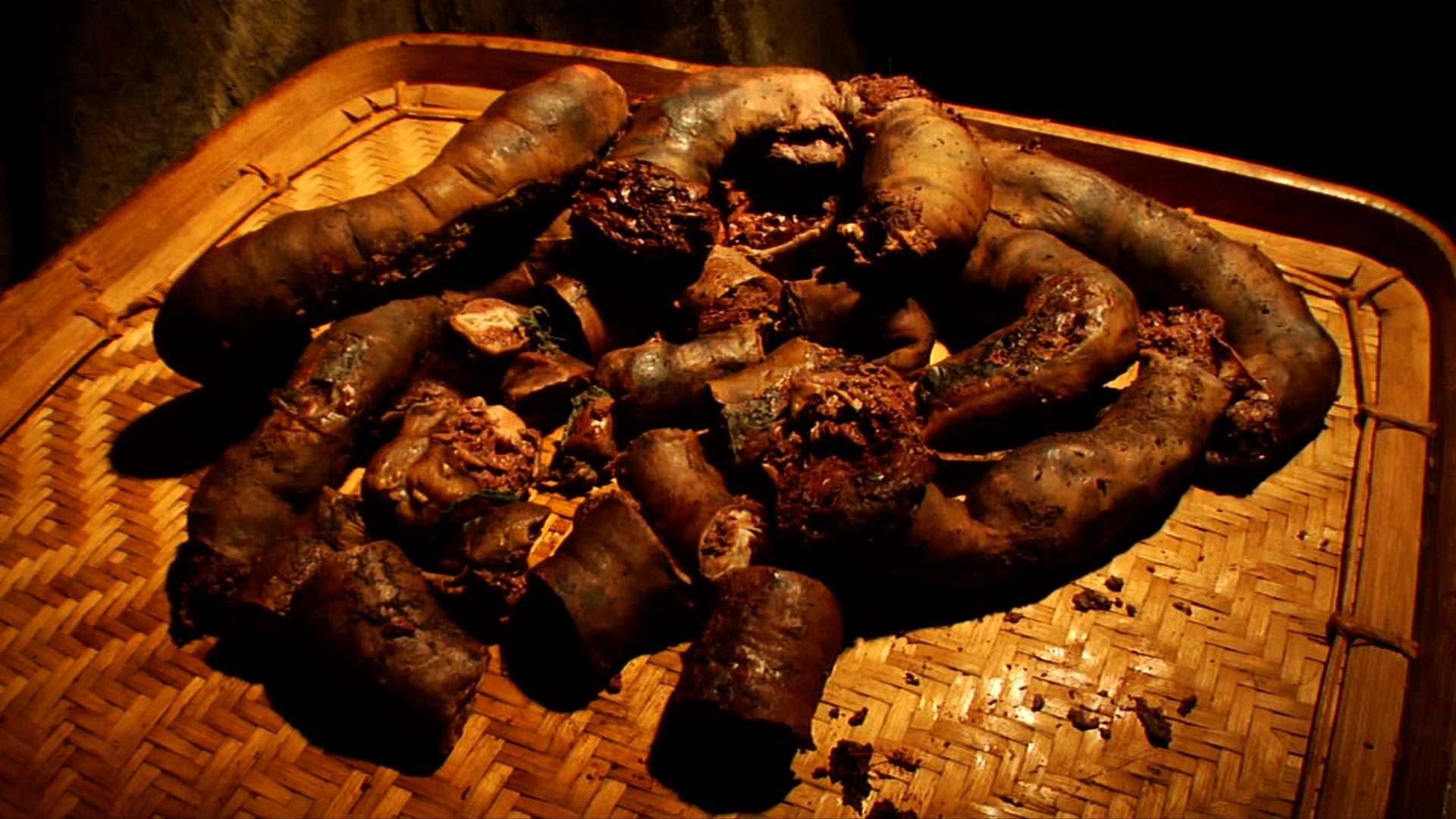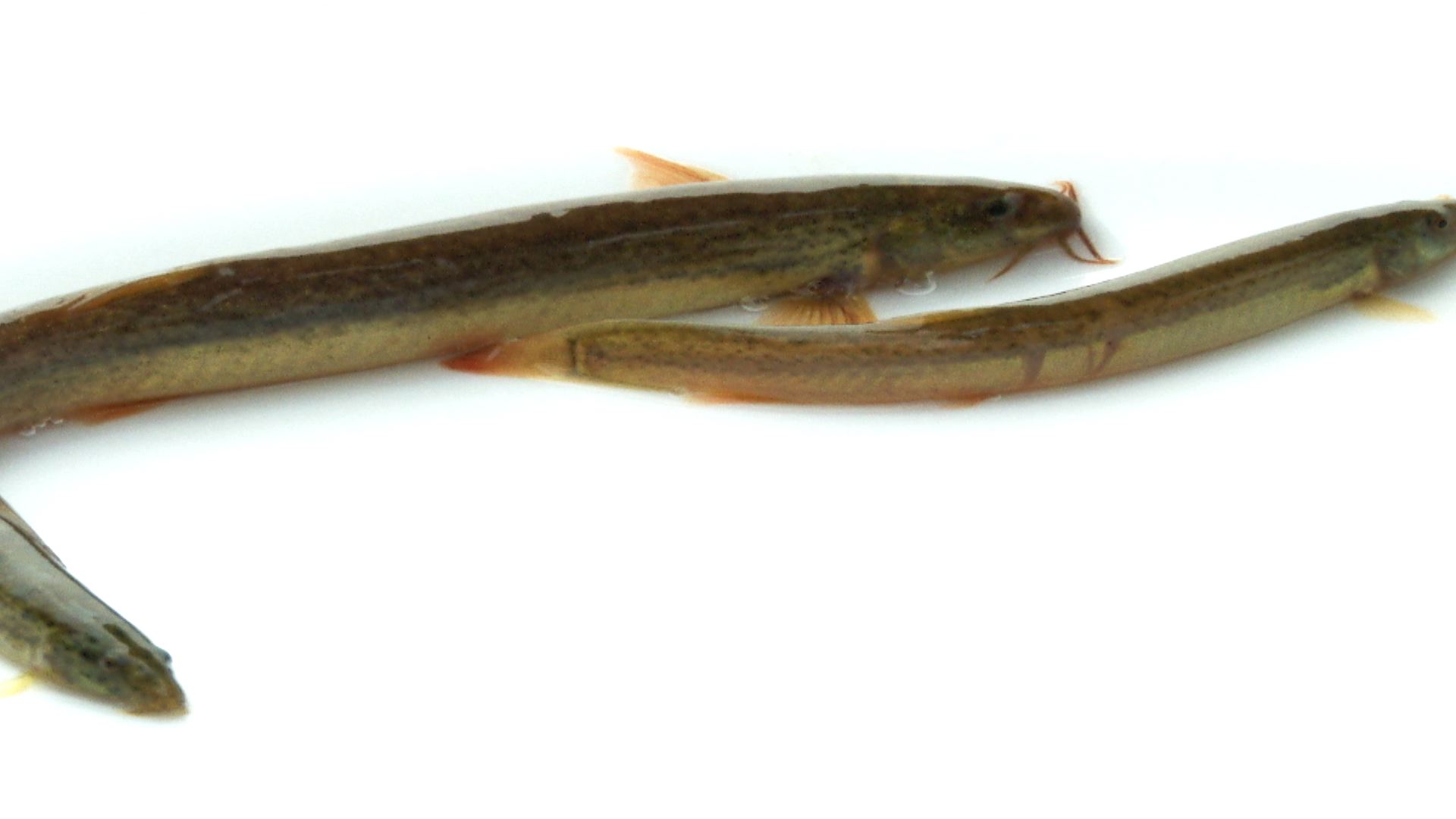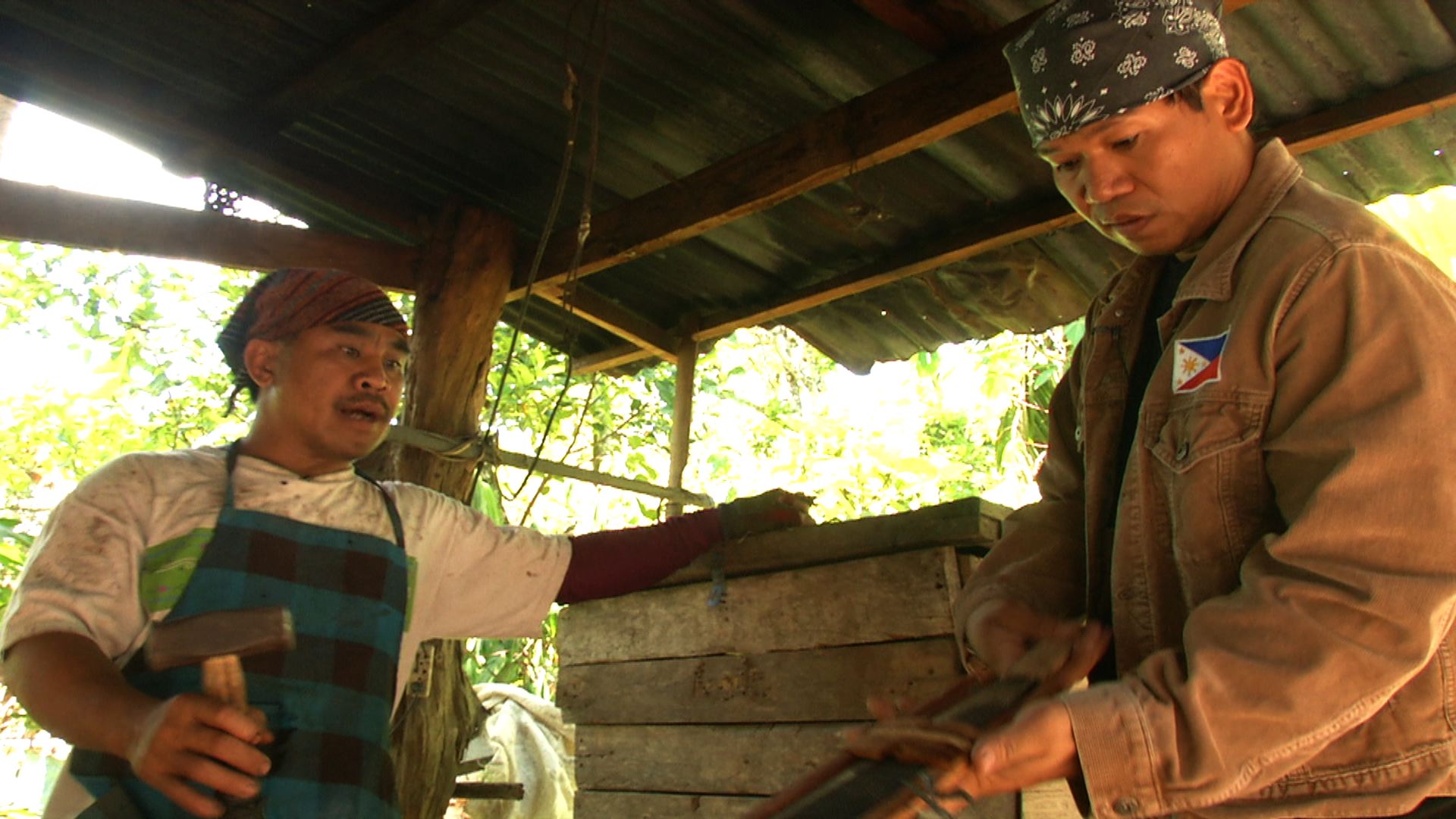Filtered By: Newstv
NewsTV
Highlights from Jay Taruc’s Cordillera motorcycle expedition

The people of the Cordillera are tough and fiercely proud. While the rest of lowland Luzon was being conquered by the Spanish, the Cordilleran tribes consistently resisted foreign rule for hundreds of years. That’s why today they’ve managed to preserve unique aspects of their culture that may have disappeared anywhere else.
When “Motorcycle Diaries” host Jay Taruc and his documentary team went on a recent expedition up north, they documented their first-hand experiences with some of these distinctly Cordilleran traditions. Here are some highlights from their adventure:
The wooden scooters of Banaue
Banaue, the provincial capital of Ifugao, is home to what many call the eighth wonder of the world – the 2000-year-old rice terraces!

Photo from Jay Taruc's Instagram
Every three years, locals celebrate in the month of April a bountiful harvest with the Imbayah Festival. Part of the festivities is racing with the scooters. One of the racers, Marlon, shared that the secret to winning was in the scooter’s design.
“Pipili ako ng mabigat na kahoy para mabilis. ‘Yung gulong, mabigat pa rin,” he explained.
These wooden scooters aren’t just for racing. Locals have to walk several kilometers uphill to gather wood used to carved handicrafts. The wooden scooters save them a lot of time and effort in transportation and carrying the wood.

“Mula dito sa pinagkuhaan hanggang sa bahay namin, eight minutes ang tinatakbo ng scooter,” said Oliver, another racer.
Unique eats
No expedition is complete without sampling some local cuisine.

Pinuneg is a native Ifugao dish that looks like longganisa. But instead of the usual meat, it is filled with pig’s blood and organs!
Ingredients are mixed with plenty of crushed garlic to get rid of the smell. These sausages are then cooked for two hours. Because of its ingredients, pinuneg spoils quickly, so make sure to eat it right away!
The dish, passed down for generations, is traditionally cooked during harvest time because the Ifugaos slaughter pigs to pray for rain.
“Masarap,” said Tatay Noel, an Ifugao tribesman. “Lasang dinuguan.”

Yuyu, meanwhile, is a kind of fish that thrives in the rice paddies in the Mayayao rice terraces. It is believed that this fish was brought here by the Japanese at the height of World War II.
Locals use rice to lure the yuyu into a bottle called “okat”. The okat is then left in the rice paddy overnight. According to residents, yuyu is best served raw as kilawin!
Keeping the metalworking tradition alive
In the town of Kiangan, the age-old practice of metalworking still lives.

Jay met Mang Rolando, who has been a blacksmith since 2004. “Matagal na [tradisyon ito], sa mga ninuno namin, lolo namin,” he said.

Photo from Jay Taruc's Instagram
He runs a shop at his backyard and receives orders from all over the country.
Mang Rolando said that traditional blades made in Ifugao have handles made from metal or lasting natural material, like rattan or narra.
“Unique kapag bakal ‘yung hawakan kasi kung kahoy at matagal na ‘yung itak, siguradong matatanggal sa hawakan,” he explained. “Rattan ‘yung hawakan para hindi madulas. Kung bind na rattan, galing Ifugao po ‘yun.”
To keep this dying tradition alive, Mang Rolando teaches young adults from their barangay. “Talagang we value [the tradition]. Kasi ‘yung mga ninuno namin, dito sila nabubuhay. Talagang I’m going to pass [this on],” he said.
Dancing with the Guina-ang people

Jay also headed to Bontoc, Mountain Province, where he paid a visit to the musical Guina-ang people.
The Guina-ang have a long tradition of dances, depending on the occasion: courtship, weddings, harvest season, and even war. Other dances depict day-to-day activities of the early tribes.

Jay met a group called Litang Fan, who seek to preserve the tribe’s ancestral dances. There’s no age limit here – their members range from ages 17 to 60! They go all out with their costumes, from woven skirts to colorful jewelry.
The gangsa, a traditional gong played in the north, is particularly important. “‘Yung culture namin dito, kapag may nagkasakit na ninuno, [tumutugtog ng] gansa para mawala ‘yung sakit,” explained the barangay captain.
Jay, of course, didn’t miss the opportunity to give the gangsa a try!

“Natutuwa ako nung oras na ‘yun kasi parang nakikiisa ako sa kanila,” said Jay. “At the same time may natutunan ako. Natututo ako nung kanilang mga tugtugin at mga sayaw. Nakakatuwa lang talaga, nag-enjoy ako nung mga oras na ‘yun.” — Aimee Dacanay/PF/CM, GMA News
More Videos
Most Popular




